How can the protective clothing for epidemic prevention achieve "three refusals and one resistance"?
Release time:
2021-01-29
Author:
Source:
Number of views:
01-29
The "angels in white" who deal with blood, viruses, and bacteria every day are always at high risk. They protect the health of patients. Who will protect their health?
Do you need to consume 10 sets of protective clothing a day to treat patients with severe coronavirus pneumonia? Is the cost of a single piece of protective clothing close to 300 or 400 yuan? Under the current epidemic prevention and control situation, the image of the "angel in white" in protective clothing is constantly brushing the screen, but protective clothing has also become one of the urgently needed materials for epidemic prevention in China. In this regard, researcher Jin Xiang Yu of Donghua University explained in detail how protective clothing can achieve "three refusals and one resistance".
Water-repellent, blood-repellent, alcohol-repellent antistatic
Protective clothing should not only be wet and breathable, and wear freely, but also protect medical staff from various pollutants such as viruses and bacteria during the diagnosis and treatment process, resist the intrusion of water, alcohol, and oil stains, and effectively antistatic, and even prevent Dust enters.
Due to the use of micro-nano-scale medical and health protection nonwoven materials, the basic requirement of protective clothing is "three rejections and one resistance", that is, water repellency, blood repellency, alcohol repellency and antistatic. Such composite materials can be compounded by different materials, such as polyethylene/polypropylene spunbond nonwovens, with breathable microporous films or other nonwovens, or with spunlace nonwovens and breathable microporous films, or with wood paddle composite spunlace nonwovens.
It is worth noting that several properties of protective clothing materials have strict standards, including protection (sealing), taking, safety and health. Among them, the protection requires liquid barrier function. The key parts of the protective clothing (left and right front, left and right arms and back) are equipped with water impermeability, and the hydrostatic pressure resistance is not less than 1.6 7千帕(kPa). The penetration resistance of synthetic blood shall not be lower than Grade 2, I .e. synthetic blood acts on the protective clothing with 1.7 5千帕 pressure and shall not penetrate after 5 minutes. At the same time, the water contamination level of the outer surface of the protective clothing shall not be lower than Grade 3. In addition, it is necessary to prevent the penetration of micro particles, and the filtration efficiency of non-oily particles at key parts and seams is not less than 70%.
For the requirements of taking, protective clothing should have sufficient strength and dimensional stability. When tensile test is carried out, the breaking strength should not be less than 45 N and the elongation at break should not be less than 30%. In terms of wearing comfort, protective clothing materials have moisture permeability requirements. The safety and health requirements of their own non-toxic, no skin irritation, anti-mold breeding.
Previous article
Next article
Previous article
Next article
RELATED INFORMATION


